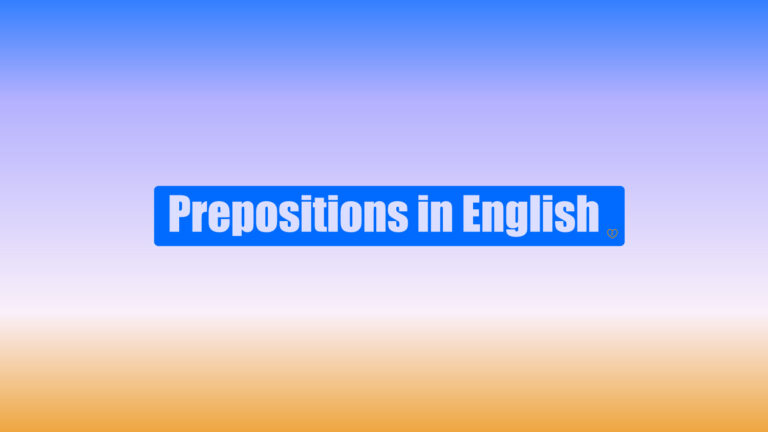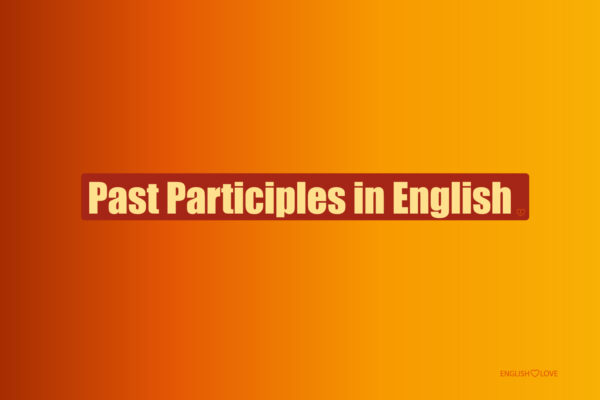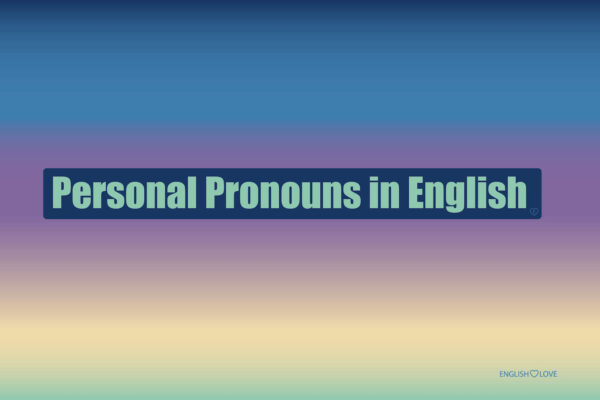Prepositions play a pivotal role in the English language, acting as connectors that link nouns, pronouns, and phrases to other words within a sentence. Their frequent use makes them indispensable for constructing meaningful and precise sentences.
What is a Preposition?
At its core, a preposition is a word that showcases the relationship between two elements within a sentence, typically indicating aspects like direction, location, time, or manner. These elements can be nouns, pronouns, or phrases. Prepositions are foundational to the structure of many sentences, helping to provide context and clarity.
For example, consider the sentence, “The cat is under the table.” Here, the preposition “under” establishes the relationship between the cat and the table, indicating the cat’s position relative to the table.
Another example would be, “She arrived after the meeting ended.” In this case, the preposition “after” denotes a time relationship between her arrival and the end of the meeting.
Prepositions are versatile and can be used in various contexts. However, their primary function remains consistent: to connect and establish relationships between words or groups of words within a sentence, making the overall message clearer and more cohere.
Types of Prepositions
English boasts a range of prepositions, with estimates suggesting there are between 150 to 200 in total. Some of the most common ones include: about, above, across, after, against, and so on. These prepositions can be categorized into various types:
- Simple Prepositions: Single-word prepositions like “in,” “at,” and “on.”
- Double Prepositions: Two-word prepositions such as “outside of” and “from behind.”
- Compound Prepositions: Prepositions with more than two words, e.g., “in place of” and “in addition to.”
- Participle Prepositions: These use the -ing form of a verb, like “regarding” and “concerning.”
- Phrasal Prepositions: Entire phrases that act as prepositions, such as “with regard to” and “due to the fact that.”
List of the Most Common Prepositions
Prepositions are diverse, and their usage can vary based on the context. Below are some of the most common prepositions categorized by their primary function, along with examples for better understanding.
1. Prepositions of Time:
| Preposition | Example |
|---|---|
| Before | Before sunset, we had already reached the camp. |
| After | She called me after the show ended. |
| During | It rained heavily during the night. |
| Until | Wait here until I return. |
| Since | I’ve known her since 2010. |
2. Prepositions of Place:
| Preposition | Example |
|---|---|
| In | The keys are in the drawer. |
| On | The book is on the table. |
| At | He’s waiting at the bus stop. |
| Under | The cat hid under the bed. |
| Between | The park is between the school and the library. |
3. Prepositions of Movement:
| Preposition | Example |
|---|---|
| To | She went to the market. |
| From | I received a letter from my aunt. |
| Into | He jumped into the pool. |
| Through | We walked through the forest. |
| Across | She swam across the river. |
4. Prepositions with Verbs:
| Preposition | Example |
|---|---|
| Look at | Look at the stars tonight. |
| Listen to | Listen to this song; it’s amazing. |
| Rely on | You can always rely on me. |
| Think about | I often think about my childhood. |
| Care for | She cares for her younger brother. |
5. Prepositions with Adjectives:
| Preposition | Example |
|---|---|
| Happy with | She’s happy with her results. |
| Tired of | I’m tired of this repetitive work. |
| Excited about | He’s excited about the upcoming trip. |
| Fond of | She’s fond of chocolate desserts. |
| Angry at | He was angry at the decision. |
Tips!
This table provides a snapshot of how prepositions can be used in various contexts. Remember, the meaning and usage of a preposition can change based on the context, so it’s essential to understand the nuances of each preposition and practice their application in sentences.
Common Mistakes with Prepositions
Prepositions, while small, play a crucial role in conveying the correct meaning in sentences. However, they can be tricky, and even native speakers sometimes make mistakes with them. Here are some common errors and misconceptions:
- Incorrect Preposition Choice: Using “on” instead of “in” (e.g., “I’m on the store” instead of “I’m in the store”).
- Redundant Use: Adding unnecessary prepositions (e.g., “Where are you at?” instead of “Where are you?”).
- Missing Preposition: Leaving out a necessary preposition (e.g., “She’s good singing” instead of “She’s good at singing”).
- Fixed Prepositions: Using the wrong preposition with adjectives, nouns, or verbs that always take a specific preposition (e.g., “afraid from” instead of “afraid of”).
Table of Common Preposition Rules:
| Rule Description | Incorrect Usage | Correct Usage |
|---|---|---|
| Prepositions with Time | I’ll meet you on 5 o’clock. | I’ll meet you at 5 o’clock. |
| Prepositions with Place | The cat is on the box. (when it’s inside) | The cat is in the box. |
| Prepositions with Movement | She went in the store. | She went into the store. |
| Prepositions after Adjectives | She’s capable to do it. | She’s capable of doing it. |
| Prepositions with Verbs | Listen the music. | Listen to the music. |
Conclusion
Prepositions are integral to the English language, helping express various relationships between words or phrases, be it time, location, direction, or other contexts. With the insights provided in this guide, you should be better equipped to use prepositions correctly and fluently, enhancing your English language skills.
FAQ about Prepositions
What exactly is a preposition?
A preposition is a word that establishes a relationship between two elements in a sentence, typically indicating aspects like direction, location, time, or manner. For instance, in the sentence The cat is under the table, under is the preposition showing the relationship between the cat and the table.
How many prepositions are there in the English language?
While the exact number can vary based on different classifications, there are approximately 150 to 200 prepositions in the English language. However, a smaller set of these are used frequently in everyday communication.
Can a sentence end with a preposition?
Yes, in modern English, it’s acceptable to end a sentence with a preposition, especially in informal contexts or when trying to avoid overly complex sentence structures. For example, This is the book I was looking for.
Are there any rules for using prepositions correctly?
While there are guidelines and common usages for prepositions, English has many exceptions. Some general rules include not using redundant prepositions, ensuring verbs that require prepositions have them, and using the correct preposition for specific contexts (e.g., good at instead of good in). However, practice and exposure to the language are the best ways to master preposition usage.




